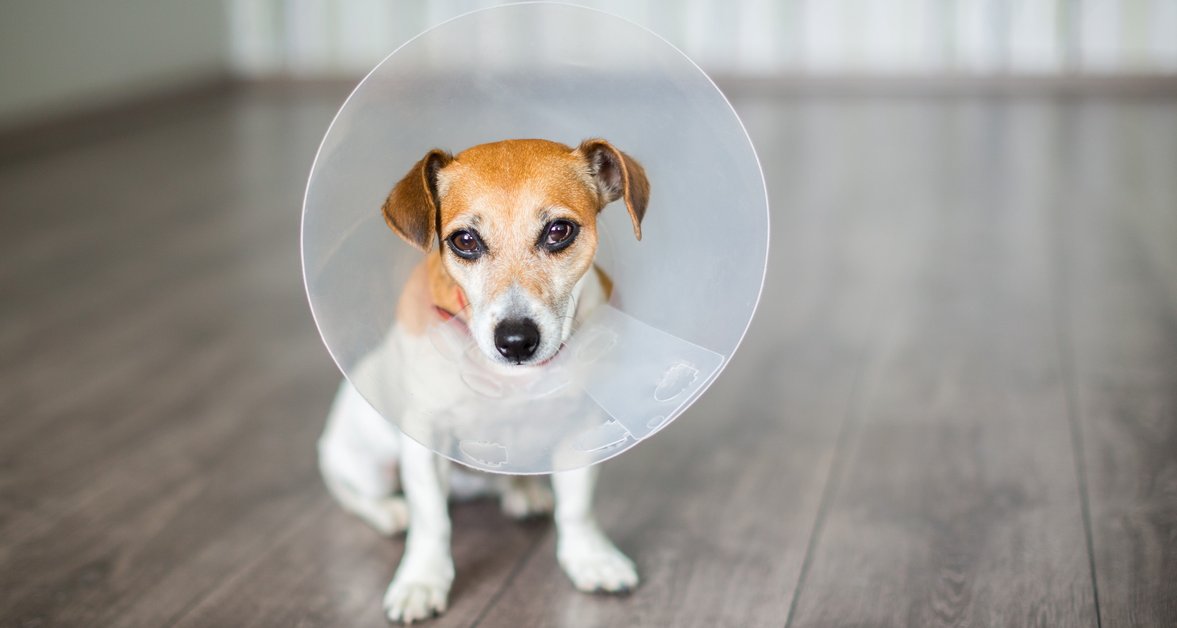

Why it is better to keep the scab off most wounds and incisions
Wounds, incisions, surgeries. Almost every person and dog have had to deal with at least one surgery in a lifetime. One would assume a trivial thing like wound care would be pretty straight forward. What I find fascinating and often frustrating is that when it comes to medicine most people seldom question the status quo. Our society’s approach is to do what everyone else does. We do not question enough if the status quo makes sense.
Wound and incision healing is no exception.
When I started in veterinary practice, I worked with horses. Naturally, we dealt with many wounds and lacerations. What I noticed then was that horse skin healed beautifully when we kept the skin clean.
The most common wound care was hydrotherapy, or rinsing the wound with copious amounts of water using a water hose. The wound margins were kept nice and clean and in a very short time the wound would heal.
One substance to avoid
When I gradually started working with dogs and small animals, I noticed many of my colleagues used chlorhexidine soap – a toxic substance. Some of you may know this soap by the brand name Hibitane.
Small animal practices widely use this soap and no one even thinks twice about its toxicity. Logically, if it kills bacteria via a chemical effect, it is toxic.
If you are not the type who likes to read technical documentation, all you need to know is that Hibitane is very hazardous when ingested and is an irritant to skin, eyes and when inhaled.
To add to the list, the substance is toxic to lungs and mucous membranes. Repeated or prolonged exposure to chlorhexidine soap can cause organ damage.
My question is how often do we see dogs licking incisions treated with chlorhexidine? Very often! It may also surprise you that despite the safety medical datasheet, this toxic substance is also frequently used in mouthwashes and rinses for humans and dogs. Bizarre!
What you may not know about hydrogen peroxide
One would think that hydrogen peroxide is an easy and safe choice when it comes to wound care because it bubbles up on injured tissues to form the disinfecting element of oxygen and water.
This is true, however, the problem is hydrogen peroxide releases oxygen that burns the exposed skin and tissue cells and, in my opinion, slows down the healing.
That’s why I suggest treating wounds with a simple flush of body temperature water and/or saline solution if available. After this, I usually use an herbal Skin Spray that is pH optimized for fast healing.
Skin Spray does not kill bacteria on contact, like the traditional chemical solutions. It enhances and promotes the skin cells and the immune system to mobilize defences. My experience is it significantly reduces pain and swelling.
In other words, to heal an incision on a dog or human all you need to do is keep it clean and use something that is non-toxic, even if your dog licks the product off.
Surprising facts about antibiotic ointments
The use of Polysporin in wound healing is as common as wounds themselves. In fact, I know very few people who don’t use it. There are four problems with Polysporin:
- It is made of petroleum jelly – a product that originates from crude oil, which is toxic to skin.
- Continued use and overuse of antibiotics leads to propagation of resistant bacteria.
- Petroleum jelly forms a film on the skin surface that, in my experience, slows down the healing process and prevents the wound from closing fast.
- Most dogs will lick anything greasy, which creates additional trauma to the wound and prolongs healing.
Most wounds heal better and scar less when the scab is removed
I know this may be a surprise to many people. When a scab forms on the skin, it often delays healing by preventing the wound margins from gradually closing. I have made this observation throughout my 25-plus years in practice.
Similar to horses, if you rinse your dog’s wound once or twice a day, or as needed, to keep it clean, soak off the scab and apply Skin Spray it will heal faster than when you leave the scab on.
All you need to do is try it yourself when you have a wound, scratch or scab.
Why you should not allow your dog to lick wounds
Some people may be disappointed to hear it’s not ideal to allow dogs to lick their wounds. Most people feel sorry for their dogs when they need to wear a buster collar.
They usually remove the collar and the next thing you know, Fido has licked and made the wound margins thick and swollen, which leads to delayed healing.
I often say nature knows best. However, when it comes to dogs licking wounds, I must say keeping your dog’s tongue away works much better in most cases.
The canine mouth is full of bacteria and let’s remember that dogs lick their bums! Perhaps this will solve the wound licking quandary once and for all.
© Dr. Peter Dobias, DVM